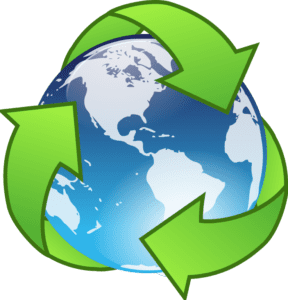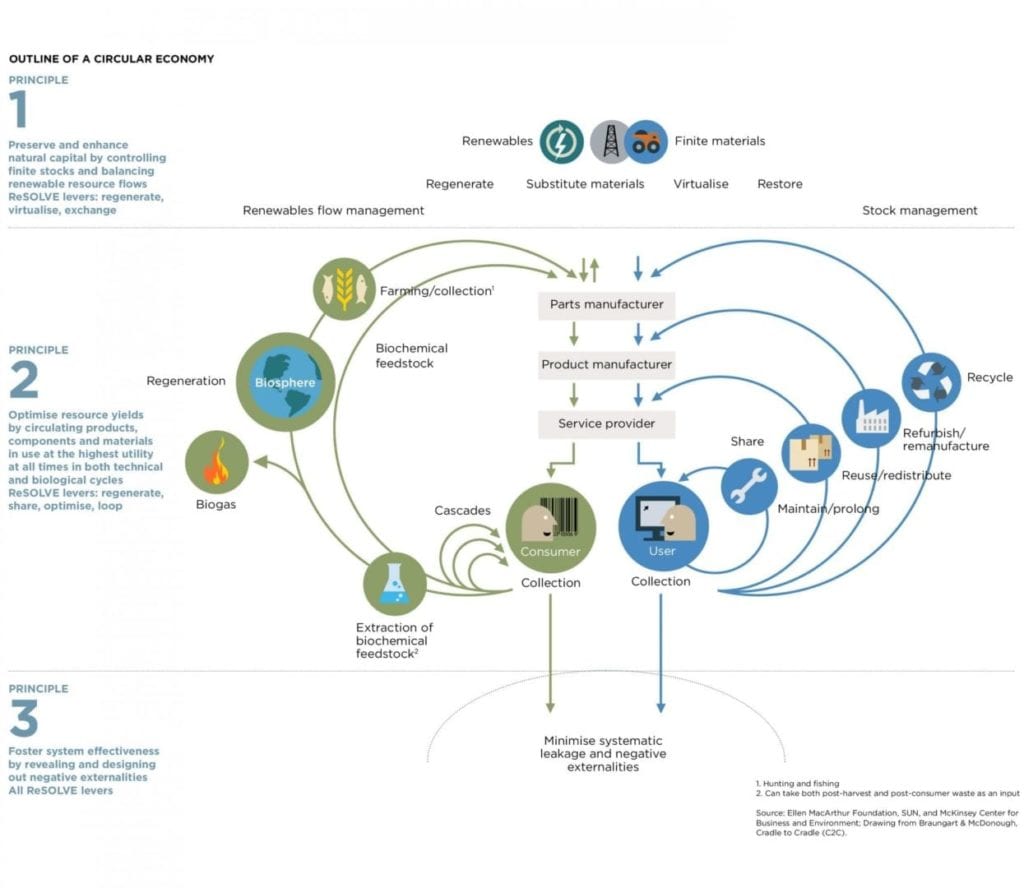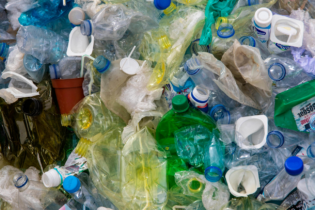
A circular economy is a restorative system that extracts the maximum value out of a resource. Image: Jakub Jankiewicz
A circular economy is a restorative system that extracts the maximum value out of a resource. Reusability and longevity of products are needed from manufacturers to ultimately return materials back into the economy for further use.
“Southern Africa’s landfill airspace is dwindling. In reality, zero waste to landfill is not possible as waste treatment technologies also result in by-products that need to be disposed of. We should however strive to minimise waste going to landfill as far as possible through avoidance, reuse and recycling,” says Prof. Suzan Oelofse, President of the Institute of Waste Management of Southern Africa (IWMSA).
“There are various implementable processes available to help divert precious resources and materials from ending up at these sites. A circular economy is key in achieving this and is all about creating a restorative and regenerative system – especially when it comes to the manufacturing industry.”
Success story
GreenCape, a sector development agency based in the Western Cape and an IWMSA organisational member, promotes the development of a green economy. The organisation has an Industrial Symbiosis (IS) programme in the Western Cape (WISP), which has proven to be very fruitful in diverting one company’s waste for another company’s benefit. The National Cleaner Production Centre of South Africa (NCPC-SA) delivers IS programmes in KwaZulu-Natal (KISP) and Gauteng (GISP).
WISP Programme Manager, Sarah O’Carroll, explains that industrial symbiosis is a valuable metric in working towards a circular economy. “Industrial symbiosis is a circular economy approach in the manufacturing sector, where one company’s waste is used as a raw material by another company – ultimately fostering mutual economic, social and environmental benefits,” says O’Carroll.
Implementing a circular economy
The Ellen MacArthur Foundation, thought-leader of a circular economy, identified critical building blocks for implementing a circular economy. These include:
- Circular design for product reuse, recycling and cascading which includes useful by-products and wastes.
- Innovative business models that replace existing ones or seize new opportunities.
- Reverse cycles to decrease leakage of materials out of the system.
- Enablers to ensure widespread reuse of materials.
O’Carroll mentions that the 3 Rs – Reduce, Reuse and Recycle – are common place for sustainable initiatives; however, ‘maintenance’ and ‘repair’ are equally important so that products and resources can be used multiple times. There are numerous benefits when it comes to circular economy practices, including: economic benefits (cost savings and revenue opportunities); resource efficiency; reduced greenhouse gas emissions and; job creation.
The challenges for implementing circular economy principles in waste management in South Africa, as identified by the WISP programme, include: some products are not designed well for disassembly and reuse as design is primarily done abroad; the business case for alternative uses of end-of-life materials is not strong enough; and the fact that many different skill types are needed for a circular economy to work.
“Innovation is vital when it comes to implementing circular economy practices in South Africa, especially when adapting technologies which may be used in developed countries, or developing new technologies from scratch,” says O’Caroll. “South Africa, with its smaller scale and lower density of manufacturing activity, requires distributed solutions that are financially viable. Education and awareness are critical. There is a stigma around the use of secondary materials, fortunately, there are cases in the construction sector where secondary materials have better properties compared to virgin materials,” explains O’Carroll.
Oelofse mentions that government is promoting a restorative system in waste management. The most recent transformation of the waste sector on government level occurred primarily in three areas, namely: regulatory reforms (NEMWAA 2014, regulations and Norms and Standards); institutional reforms (Waste Management Bureau); and economic reforms (pricing strategy).
“The IWMSA and its members urge all industry players to move towards a restorative, circular waste economy in South Africa,” Oelofse concludes.

The Ellen MacArthur Foundation’s circular economy system diagram









